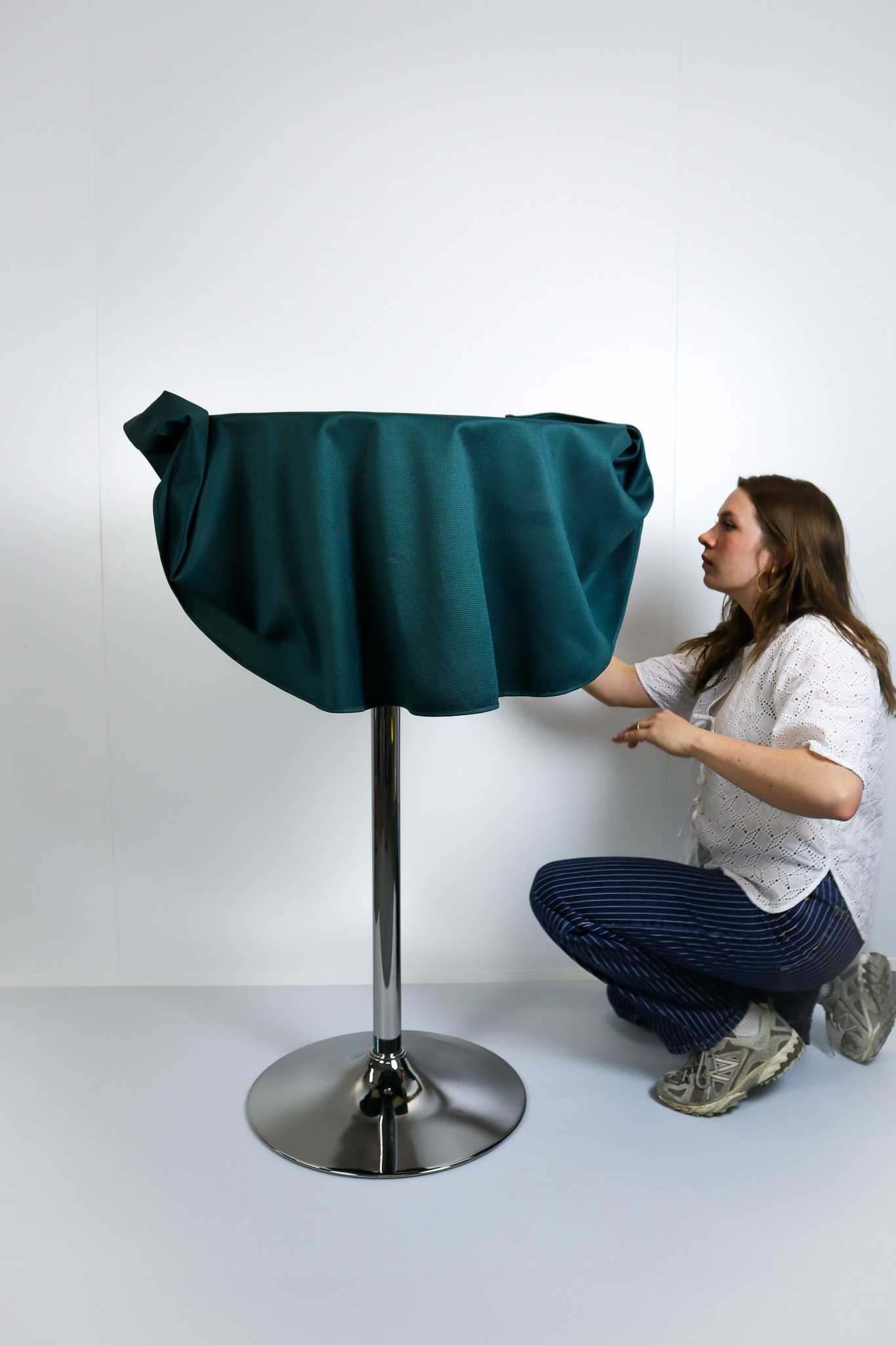Design & research processes
Over the past years, I’ve developed a research approach grounded in empathy, curiosity, and critical thinking. My interest in socially driven design led me to work extensively with qualitative methods such as interviews and observation, giving me a strong foundation for reframing design problems from multiple perspectives.
In my Final Bachelor Project, I received a brief about shape-change in everyday objects. I chose to focus on its social potential, an underrepresented area in the literature. By analyzing works like the CoMotion Bench and KirigamiTable, I saw an opportunity to explore how instability in a table could subtly influence group dynamics.
I made early design decisions to keep the scope manageable and allow room for technical development. I then designed and executed an experiment using thematic analysis to interpret user interviews, translating insights into design direction. This process helped me grow confident in framing and leading research independently.
A key insight was how subtle, unexpected movement can trigger playful, collaborative behavior. This affirmed the value of designing for ambient social influence.
Looking ahead, I want to deepen my knowledge of research methodologies. I naturally work with intuition and Research through Design, but I’m eager to build a stronger academic vocabulary to support this. I also aim to gain more experience with quantitative methods and explore the value of combining them with qualitative insights.
In short, I’ve become a designer who can lead research with clarity and care. I now want to expand my toolkit, balance intuition with theory, and continue translating insights into meaningful design.
